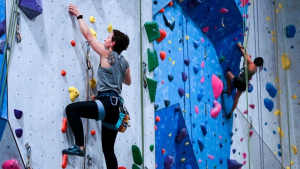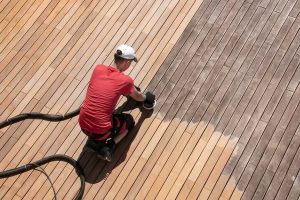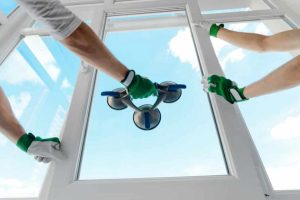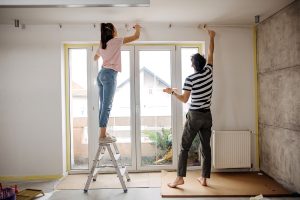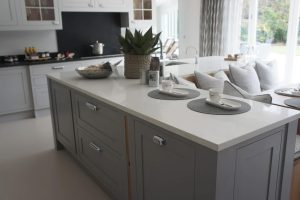7 Essential Home Modifications for Aging in Place
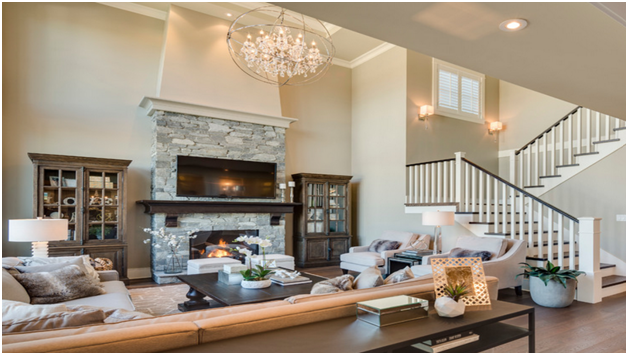
Aging in place allows seniors to continue living in their own homes safely and comfortably as they grow older. However, as mobility and physical abilities change, certain modifications are necessary to ensure a secure and accessible living environment. Making thoughtful upgrades can help prevent accidents, improve convenience, and enhance overall quality of life.
Here are seven essential home modifications that make aging in place safer and more comfortable.
1. Install a Stairlift or Home Elevator
For seniors living in multi-story homes, stairs can become a major obstacle. Climbing stairs increases the risk of falls, which can lead to serious injuries. A stairlift or home elevator can provide a practical solution.
Benefits of a Stairlift or Elevator:
- Reduces the risk of falls on stairs
- Provides greater independence for those with mobility challenges
- Allows continued access to all levels of the home
A stairlift is an affordable and space-saving option, while a home elevator may be better suited for homes with long-term aging-in-place plans.
2. Upgrade to a Walk-In Shower or Tub
Traditional bathtubs and high-step showers can be hazardous for seniors. A walk-in shower or walk-in tub offers a safer and more accessible bathing experience.
Key Features to Include:
- Curbless, roll-in showers for easy entry
- Grab bars and non-slip flooring for extra safety
- Handheld showerheads to accommodate different needs
- Built-in seating for comfort and stability
These features help reduce strain and prevent falls, making bathing more comfortable and secure.
3. Improve Lighting and Visibility
Poor lighting increases the likelihood of trips and falls, especially for those with vision impairments. Enhancing lighting throughout the home is a simple yet effective way to improve safety.
Smart Lighting Upgrades:
- Motion-activated lights in hallways, bathrooms, and entryways
- Under-cabinet lighting to improve visibility in kitchens
- LED bulbs with adjustable brightness for better contrast
- Nightlights in key areas to prevent nighttime falls
By upgrading to brighter, energy-efficient lighting, seniors can navigate their homes more easily and safely.
4. Widen Doorways and Hallways
Narrow doorways and hallways can create accessibility challenges for individuals using walkers or wheelchairs. Modifying entryways ensures that mobility aids can pass through with ease.
Recommended Adjustments:
- Expand doorways to at least 32 inches wide for wheelchair access
- Install offset hinges to create extra clearance without major renovations
- Remove unnecessary doors in areas where privacy isn’t a concern
A professional ADA general home contractor can assess whether widening doorways is necessary or if simple modifications, such as swing-clear hinges, will suffice.
5. Install Non-Slip Flooring
Slippery surfaces, like tile and polished wood, increase fall risks in senior homes. Choosing non-slip flooring materials can significantly enhance safety.
Best Flooring Options for Seniors:
- Textured vinyl – Durable, water-resistant, and slip-resistant
- Low-pile carpeting – Soft and provides extra traction
- Rubber flooring – Shock-absorbent and ideal for reducing impact from falls
- Matte-finish hardwood or laminate – Reduces glare and improves stability
Additionally, removing loose rugs and securing floor transitions helps prevent tripping hazards.
6. Add Grab Bars and Handrails
Installing grab bars and handrails in high-risk areas provides extra support and stability for aging individuals. These small modifications can significantly reduce fall risks in key locations.
Where to Install Grab Bars:
- Bathrooms – Near toilets, showers, and tubs
- Hallways – To provide steady support while walking
- Stairways – Alongside both indoor and outdoor stairs
- Entryways – Near doorsteps and thresholds
It’s important to ensure proper installation to support body weight effectively. Stainless steel or ADA-compliant grab bars offer reliable strength and durability.
7. Create a More Accessible Kitchen
An aging-friendly kitchen should be designed with ease of use in mind, allowing seniors to cook and prepare meals independently. Simple modifications can make a big difference in daily functionality.
Essential Kitchen Upgrades:
- Lower countertops to accommodate seated users
- Pull-out shelves and drawers for easier access
- Touchless faucets to reduce strain on hands and wrists
- Induction cooktops that stay cool to prevent burns
These modifications allow seniors to continue enjoying their kitchen safely and conveniently.
Final Thoughts
Aging in place is possible with the right home modifications that prioritize safety, accessibility, and comfort. From walk-in showers and stairlifts to non-slip flooring and better lighting, each improvement helps seniors maintain independence and peace of mind in their own homes.
Working with a trusted ADA general home contractor ensures that these modifications meet safety standards and personal needs, making the transition into aging in place seamless and stress-free.
By investing in smart home upgrades today, seniors can enjoy a safer and more comfortable home for years to come.

